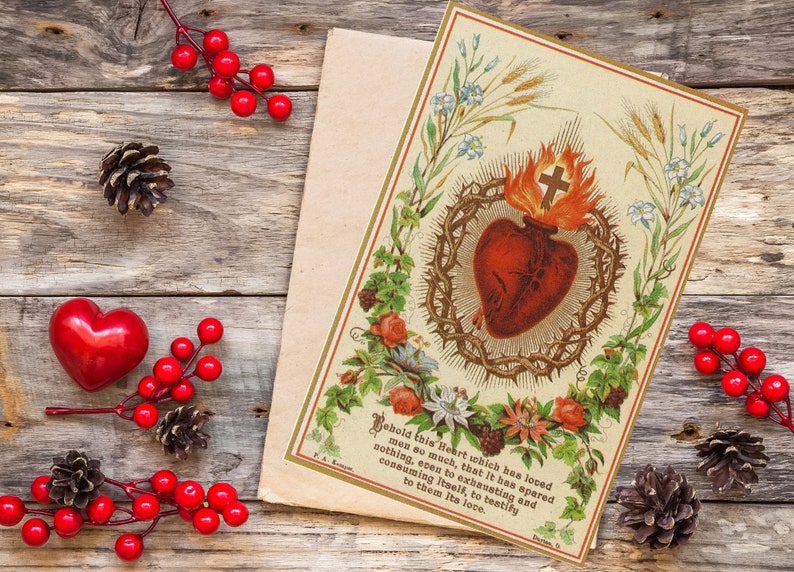This is the weapon of a Jedi Knight. Not as clumsy or random as a blaster. An elegant weapon for a more civilized age. — Obi-Wan Kenobi
I have always identified with the Queen of Wands not only because I'm a Leo but because I'm strong and creative and a few other things that go along with that particular suit on a good day (and a bad one). From time to time however, I reflect upon the Queen of Swords and I recognize that this card represents me too, whether I want it to or not.
The suit of Swords is not a happy suit and we have only to look at Pamela Colman Smith's depiction of the cards it contains to understand that.
Traditionally Swords are associated with air, winter, wind, cold, strength, sharpness, intellect, independence, violence, loneliness, power and ruin—and Colman Smith has incorporated these themes into the Rider-Waite-Smith. And the RWS has become the tarot deck of choice for many readers as well as a interpretive point of departure for many alternative decks—with an emphasis on the negative.
I have never seen a person cheered by Colman Smith's Ten or Three of Swords!
The popular imagery of this suit is may appear tragic. So tragic that it is easy to forget that the symbolism of the suit would have been different when the cards were first introduced. They would have reminded people then of a passing age, where the sword was a weapon reminiscent of chivalry and the nobility. Some might have described the sword in the same way Obi-Wan Kenobi described the lightsaber.
When tarot was new, Wands, the suit of spring and creativity, victory and manifestation, would have been associated with the peasantry or at the very least, the craftsman. Cups, the modern suit of love and happiness—the clergy. Pentacles, which now suggest prosperity—the merchant class.
In this system then, Swords would have represented the class most respected by society at large. And, at its best, the suit is worthy of respect. It symbolizes strength, independence, intellect, and courage, and these are fine attributes in any estimation. Loneliness, as implied in a reading predominated by swords, may be a byproduct of these characteristics in the same way that violence and ruin can be a potential consequence of decisive action. And yet, I cannot dismiss the inherent sadness of this dark queen.
Perhaps it is only a product of the season. Winter is, in northeastern Appalachia, is an austere and unforgiving time that encourages introspection and dark thought. Even in our modern age, it is a season of survival, and I feel this very keenly when I force myself outside on the coldest days to walk the frozen ground.
It takes a certain degree of determination to live this season well and I think that is, on a level, what the symbolism of this suit is fundamentally about.
The Queen of Swords is an independent queen. She rules the wind, winter, and herself with a strong and not necessarily gentle hand, but she is the one I think most of us want to be when we face a challenge.
Representing, not only the nobility, intellect and the most difficult time of year in northern climates, she is courage, maturity and self-determination. I can draw very direct associations between this card and the season it represents. A time of year, but more significantly, a time of life.









Post a Comment
Please share your thoughts!